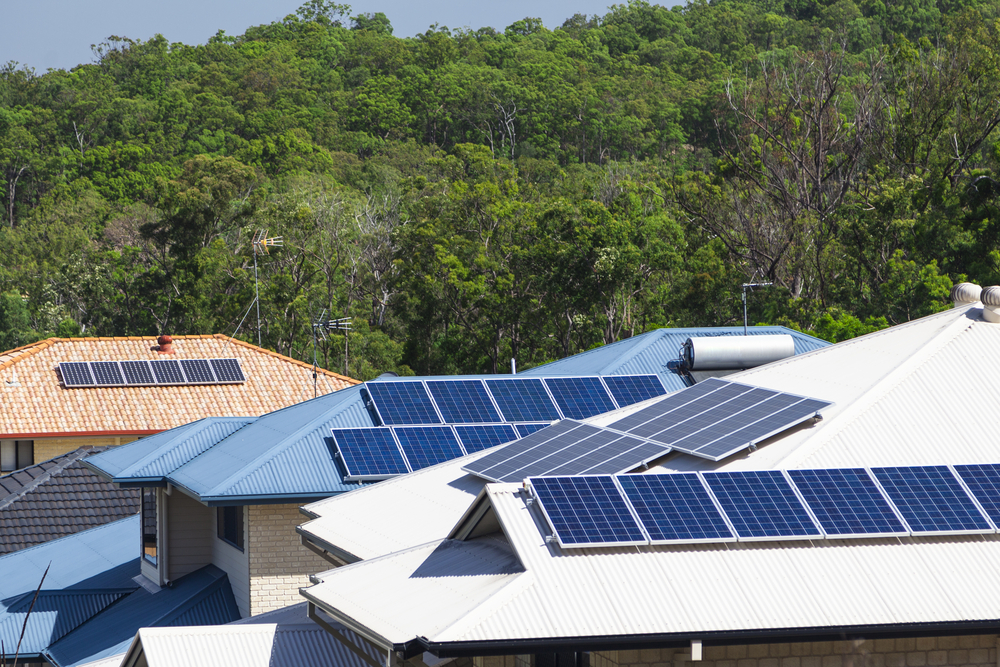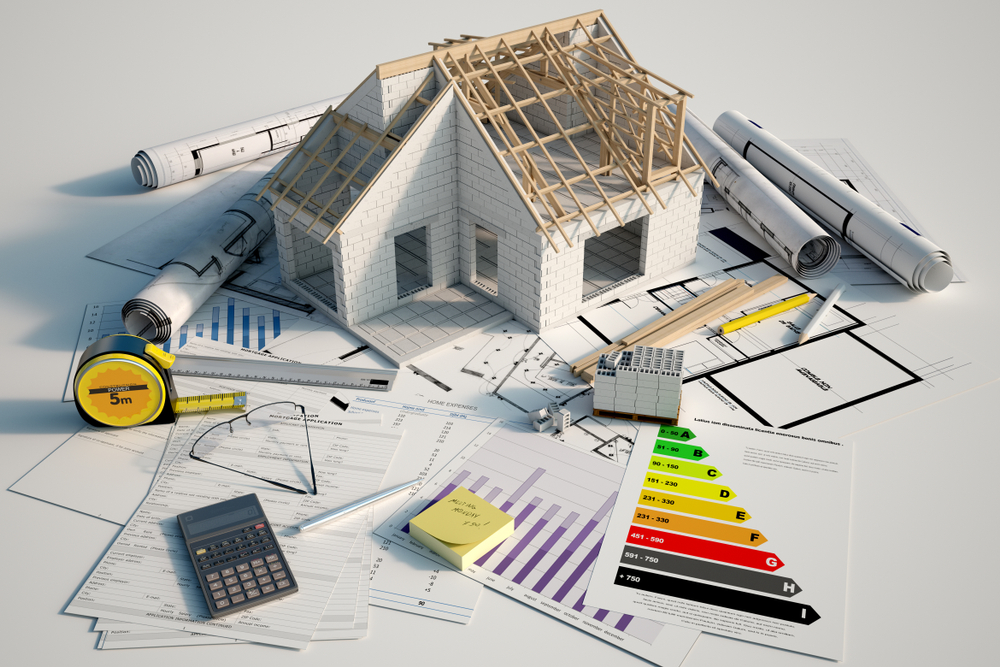What is a Net Zero Home?
One of the most energy-efficient types of home designs is called a net-zero home. What is a net zero home? This type of home produces enough renewable energy to cancel out the amount of energy that it uses. The result? Energy use of ‘net zero!’
While building a new home from the ground up you can incorporate many renewable energy features to ensure a ‘net zero’ design, homeowners also can make changes in their current home to maximize energy production and zero out the energy used.
Are Net Zero Homes Worth It?
Building a net-zero home can add up to significant savings over the years. These homes include numerous features to maximize energy use. However, if you’re designing a net-zero home, the up-front cost may be higher…although the final cost just depends on the size of the home and the features. A tiny net-zero home may be quite affordable, while a 3,000 square foot multi-story net-zero home may require a more significant investment.

How Do I Get a Net Zero Home?
Homeowners also can make changes to their current homes to transform them into a net-zero home. However, to zero out energy usage, homeowners may have to make significant changes or upgrades to ensure their home produces enough renewable energy.
Here are changes/upgrades to help transform your home to a zero-energy home:
- Embrace little changes (turning off lights, making sure all bulbs are LED, installing low-flow faucets and fixtures, etc.)
- Upgrade to ENERGY STAR appliances
- Evaluate your insulation (opt for spray foam, if you can afford it)
- Check your windows for leaks
- Upgrade to ‘radiant heat’ systems
- Install solar panels
Every upgrade, small or large, helps.
How Do Net Zero Homes Work?
Net-zero homes include features that maximize energy efficiency or produce sustainable energy. These features zero out the energy use of your home. Does this mean that your electricity bill will be zero, though?
Unfortunately, that isn’t necessarily how it works. Your appliances will still use energy, and, yes, you will likely still receive a bill. However, over time you will accrue energy savings which will amount to financial savings. The amount you invest in energy-saving features will zero out over time…creating even more of a financial benefit to you! While you may spend $1,000 on an energy-saving appliance, over time, you will earn that money back in savings…and then some!
The more energy-saving features you incorporate add more savings—both financially and environmentally. While a net-zero home doesn’t mean zero costs, some net-zero homes could be so off-the-grid that they utilize very little or no energy. To create a home like this, though, you would need to do careful and very detailed planning…but, again, it could be accomplished!
Want to know how to live ‘off-the-grid?’ Check out the guide from InHabitat.

What is a Net Zero Ready Home?
A net-zero ready home is a home that is built to be a net-zero home. The U.S. Department of Energy states that “…the Zero Energy Ready Home program requirements combine the best of building science with the latest technologies and systems, innovative building practices, and risk management solutions to offer you complete peace of mind. “
Not sure how to find a net-zero home? Just enter your zip code, and you will find builders who offer these homes in your area.
I Don’t Want to Move! How Do I Audit My Energy Usage?
If you’re happy in your home, moving is likely not an option. However, you can still save money and lower your carbon footprint by investigating how much energy your home may be wasting. A home energy audit allows you to understand all the sources of energy waste in your home so you can make changes to lower your consumption.
You can hire a professional to conduct a home energy audit, or you can do it solo. Benefyd can help you find energy drains easily; just snap a photo of each room (a home ‘selfie’) and the app will show you ways to save. A hands-on home energy audit also may be necessary to find hidden drains—like leaky pipes or poorly insulated windows. Tour your home room by room; check all the outlets for appliances/devices that are not being used (but draining electricity), look under sinks, insulate hot water pipes, and switch out all light bulbs to money-saving LED bulbs.
Another easy way to save on monthly energy is to adjust your HVAC thermostat; turn the AC to 78 degrees in the summer, and adjust the heat down to 68 degrees in the winter.
If you’re in the market for a new home, investigate net-zero homes in your area. If the options fit into your budget, this could offer a tremendous way to save over time…and reduce your carbon footprint, too. However, those who aren’t ready to move or are simply happy in their current home can make changes to their daily habits and invest in upgrades to their home to embrace a more energy-efficient way of living.


